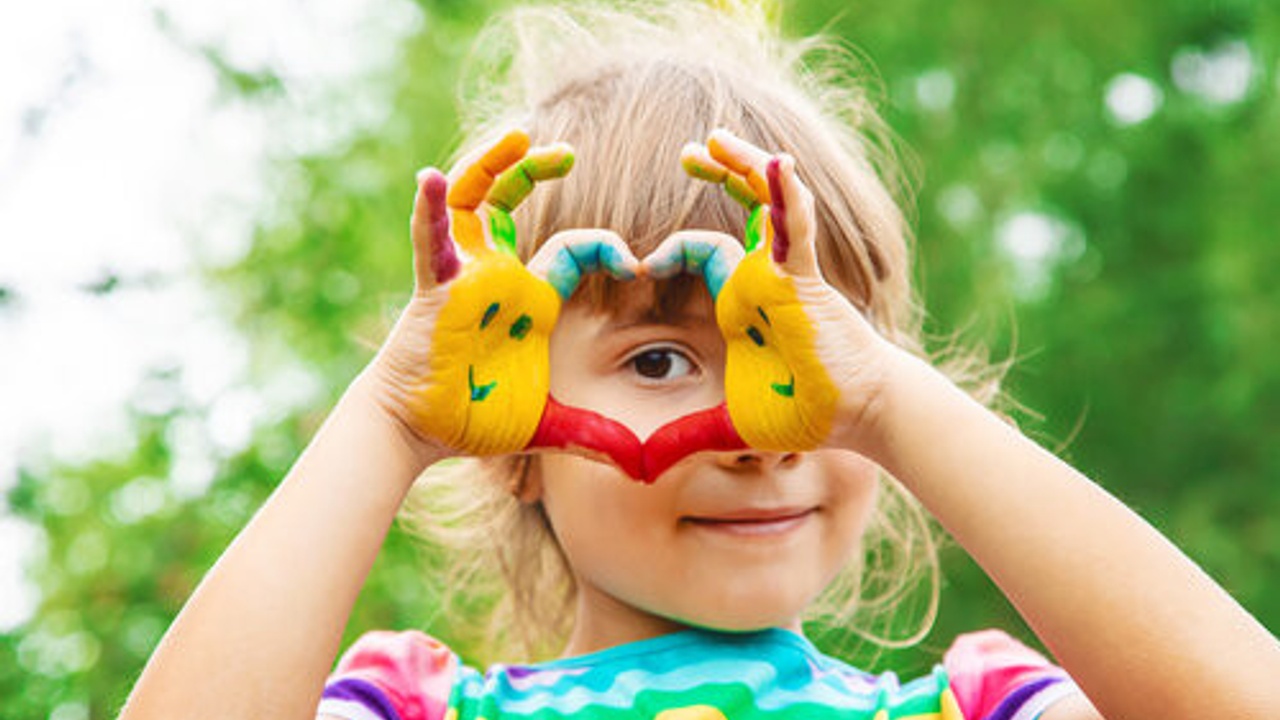
by Charlotte Tiltman
In school, the emphasis of importance has traditionally been placed on ‘core’ subjects, with learning sometimes restricted to preparing for an exam where the student is marked on how much of the curriculum they can remember under pressure. This can feel alienating to children who are more creatively inclined, with some feeling demoralized and worried that they are being left behind by a system designed for kids who are better at recall learning. A negative outcome of this is that young people feel uninspired to develop their creativity and avoid certain careers because of the snobbery around these subjects and this particular skill set.
However, in actuality, the working world considers creativity as a highly desired skill in any candidate, regardless of the job sector they are entering. Employers in the 21st century recognize that creative people are problem solvers, intuitive thinkers and team players when working on projects. It is important to encourage creativity in children and give them the opportunity to develop their skills in project-based learning because we are ultimately living in a project-based world. Plus, doesn’t everyone deserve a healthy relationship with learning?
With this in mind, IDEAS Empowered by Youth®’s K-12 Project Based Learning provides the support necessary to encourage young people to develop real-world knowledge and skills through project-based learning. Concepts such as finance and climate change can be super daunting for some young people in school, if they are even covered at all. The memory-test approach to learning about these ideas can end up reducing the complexity of these subjects and, most importantly, does not inspire students to apply their own creativity to them. As things stand, students don’t always realize they have the potential to have an impact on real world issues.
It is absolutely vital to nurture problem solving in young people, both for the benefit of future generations and so that children feel they have the power to shape their world. Take the K-12 Project Based Learning module on Climate Change, for example. As well as learning about the history of climate change and its effects on our environment, the module gives students the tools to conduct their own research and present problem-solving proposals to industry experts. The activities throughout the module allow students to familiarize themselves with workplace software and processes like creating charts of evidence and presenting using PowerPoint.
In addition, having a learning environment that suits them gives young people the vital confidence that they have the power to make a difference going forward into adulthood. Students who have taken this module feel they are better informed about how climate change directly affects them, but instead of feeling daunted, are inspired to reevaluate their own routines to make improve the environmental situation around them. With diverse subject matters, all five of the modules that IDEAS program offers aim to rewrite the narrative of what is deemed as valuable in our education system and reduce the learning inequality that it causes. The flexibility of IDEAS modules mean that they can prioritize motivation and engagement strategies, making learning more inclusive for the needs of each individual student. Naturally, project-based learning gives young people a head start in how to thrive in a working environment. But what is also clear is that encouraging a creative approach to real-world issues has an empowering effect that students can apply to every corner of their lives.
Creativity itself can take many forms and isn’t limited to the traditional notion of making art. Although, for kids who are artistically inclined, there’s still nothing more exciting than a new notebook of blank pages. Cooking, reading, play acting and spending time outdoors are all examples of how children and young people express their creativity. There are so many ways to develop creativity in children at home that will have such a beneficial effect later in life. Even just the way you communicate and interact at home can help develop creativity in children. Praising inquisitively and involving them in decision making processes aids their problem-solving abilities and ensures they know that their opinions matter. Hobbies and interests may seem ever-changing in children, but encouragement is key and doesn’t have to cost the earth. Many a professional drummer has practiced with their mum’s pots and pans in-between using the school’s drum kit. You never know which one will stick and form a lifelong passion. To young people, it can sometimes feel like there is a scary cavern between education and work. IDEAS curriculums allow young people to explore their options, help them discover their passions, ignite a fire within them to continue learning outside of the classroom and transform their interests into real careers.



